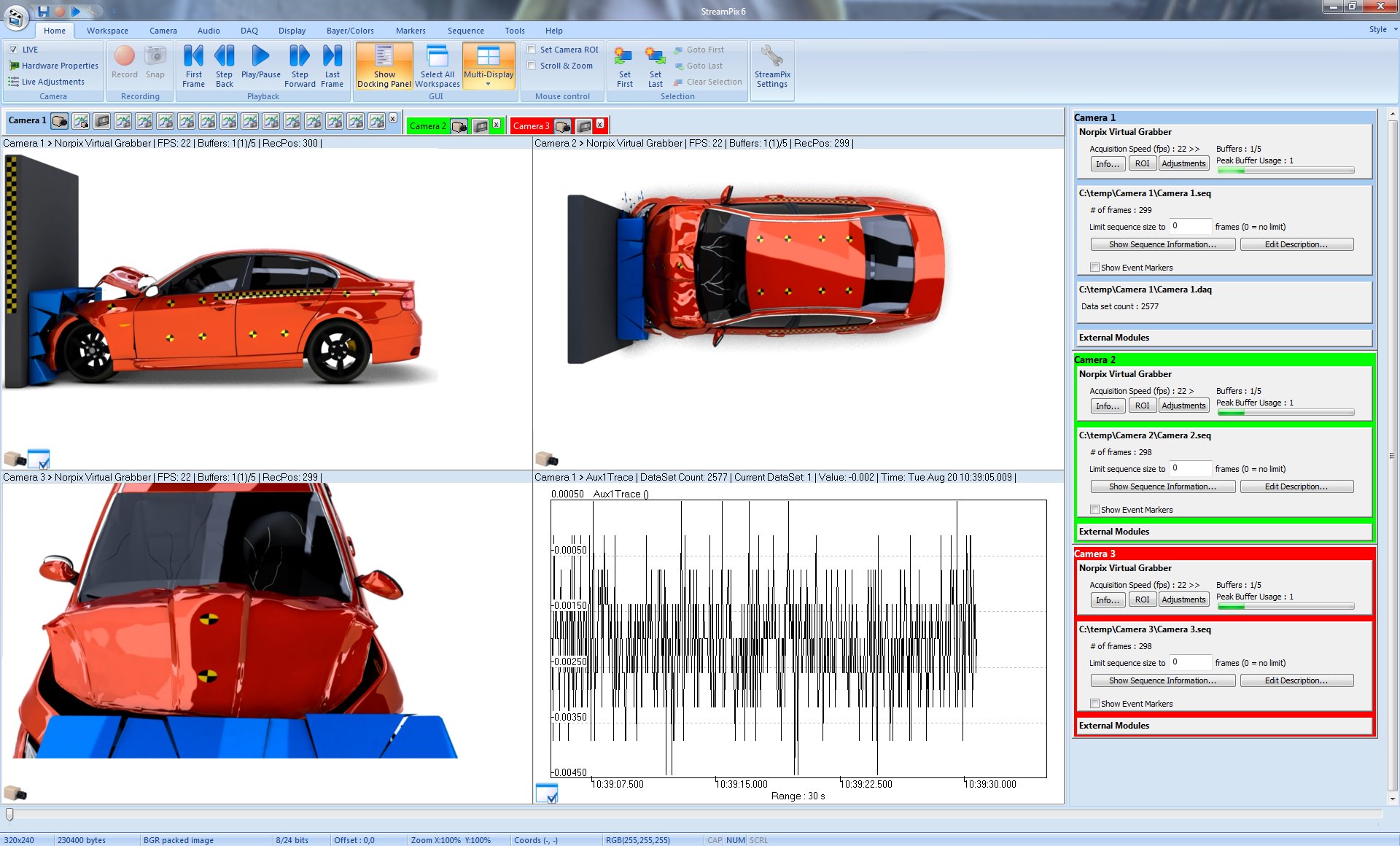Dec 30, 2017 seqfile Methods. The seqfile routines never take any locks between the -open and -stop functions, so seqfile callers are free to use anything - spinlocks, etc. The seqfile interface does require more data structures to be setup to point to methods that are used during seqfile access. @AruniRC, the Seq is lazy-by the time you evaluate it later in the code, the reader might already be closed, hence the Cannot read from a closed TextReader. You will have to force evaluation of the sequence immediately, for example by converting to list with Seq.toList, or some other trick. This seq file type entry was marked as obsolete and no longer supported file format. This type of file is no longer actively used and is most likely obsolete. This is typically the case for system files in old operating systems, file types from long discontinued software, or previous versions of certain file types (like documents, projects etc. Software that open seq file - DNA sequence data Programs supporting the exension seq on the main platforms Windows, Mac, Linux or mobile. Click on the link to get more information about listed programs for open seq file action. View FASTA, SEQ, TXT samples. View SCF, ABI, AB, AB!, AB1 samples. View sample's properties & statistics. View confidence scores. Extract bases from chromatograms (copy to clipboard) Perform file operations (copy/delete/move samples) Show all chromatogram files in a folder. Convert all samples in a folder. Double click a file.

Each subroutine in the sequential I/O sub-system allows for up to 10 separate open files in a single session, each of which is represented by a file position number. All of these subroutines pass in a position number that represents the file you are opening. The sequence of calls must be done in the proper order.
When modifying a program that uses UniData Sequential I/O, you simply replace the functions for I/O with subroutine calls passing in the appropriate arguments. First, you need to open a sequential file, and then you may either read or write to the file. You can never perform a 'read' function AND a 'write' function on the same open sequential file. In other words, if you open a file for writing, then you may only write to that file. If you open it for reading, you may only read. You can also open the file to 'append' but this is simply another form of writing. You can also use S.WRITE.EOF to truncate a file. You must finish by calling S.CLOSE.SEQ. (All of these rules and nomenclature are the same as when you are using the UniData functions for sequential I/O, but in this case are representative of a Unix environment).
----------------------------------------------------
The Subroutines
----------------------------------------------------
S.OPEN.SEQ: This routine is called first, and takes the following arguments:
 -- A.FILE.NAME -- the directory path where the sequential file resides or will be created
-- A.FILE.NAME -- the directory path where the sequential file resides or will be created-- A.RECORD.NAME -- the file to create in the directory path or the file to read.
-- A.POS -- is a number between 1 and 10. You must pass in the number of the file position you are manipulating. This allows you to manipulate up to 10 Sequential files at one time.
Open .sea File
-- A.MODE -- is how you are opening the file. You can enter either 'R', 'W', or 'A' (Read, Write or Append, respectively). If nothing is entered, this will default to 'R'.-- A.ERROR.OCCURRED -- is what will be returned if there is an error; if the directory doesn't exist, if the file doesn't exist, etc...
-- A.MSG -- contains the exact reason for failure.
S.READ.SEQ or S.WRITE.SEQ, depending on the mode, is called next:
S.READ.SEQ: Arguments, in order, are:
-- A.OUTPUT.FILE -- contains the next record in the file.
-- A.EOF -- end of file flag
-- A.POS --
-- A.ERROR.OCCURRED --
-- A.MSG --
S.WRITE.SEQ: Arguments, in order, are:

-- A.OUTPUT.FILE -- the record to write into the sequential file
-- A.POS --
-- A.ERROR.OCCURRED --
-- A.MSG --
S.WRITE.EOF: Once you reach the end of a file or if you wish to truncate a file or overwrite the file contents, you call this. Its arguments, in order, are:
-- A.POS --
-- A.ERROR.OCCURRED --
-- A.MSG --
S.CLOSE.SEQ: You must always finish sequential I/O with a call to this. Its arguments, in order, are:
-- A.POS --
-- A.ERROR.OCCURRED --
-- A.MSG --